Home>Gardening & Outdoor>Plant Care & Gardening Tips>How Could The Introduction Of A Non-Native Species Of Plant Affect An Ecosystem In North Carolina?
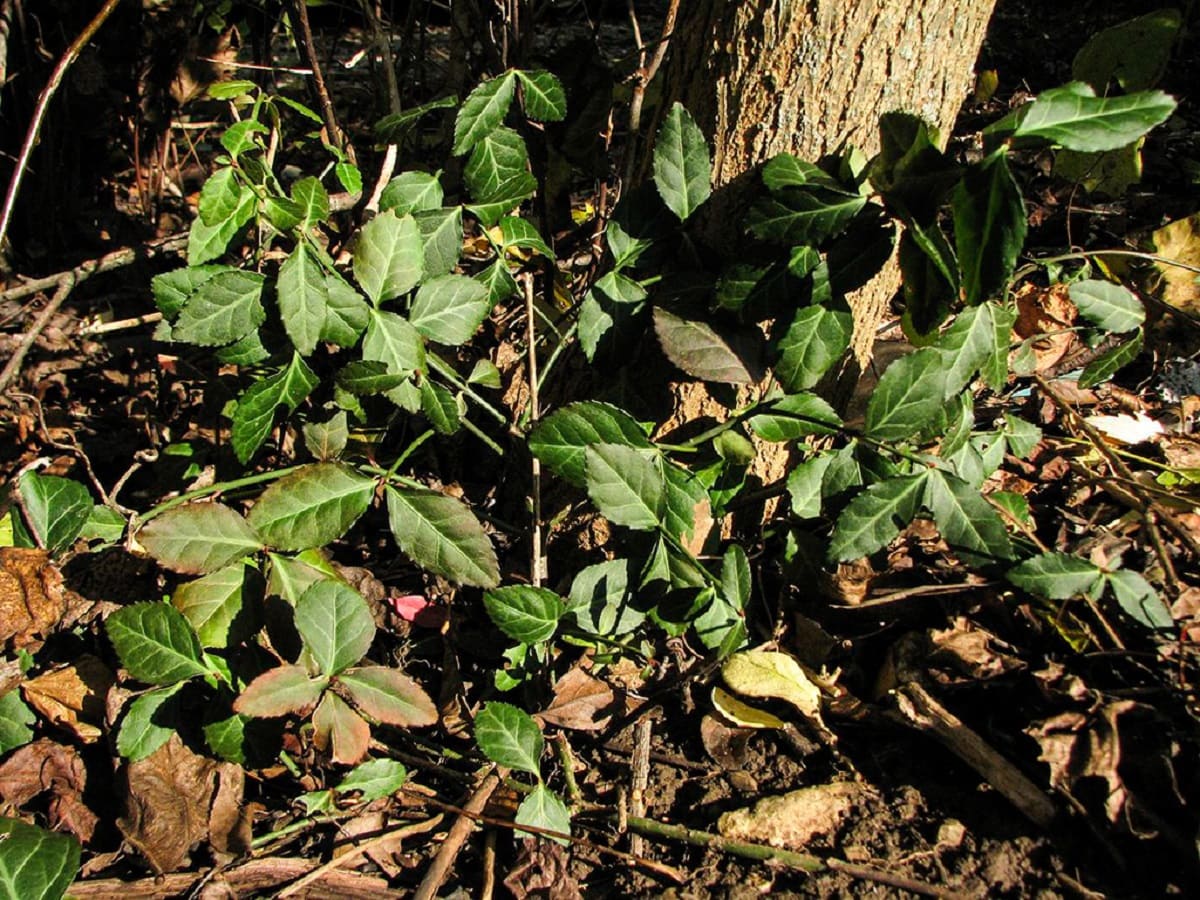

Plant Care & Gardening Tips
How Could The Introduction Of A Non-Native Species Of Plant Affect An Ecosystem In North Carolina?
Modified: January 4, 2024
Learn how the introduction of a non-native plant species can impact North Carolina's ecosystem. Get expert plant care and gardening tips to maintain biodiversity.
(Many of the links in this article redirect to a specific reviewed product. Your purchase of these products through affiliate links helps to generate commission for Storables.com, at no extra cost. Learn more)
**
Introduction
**
In the lush landscapes of North Carolina, the delicate balance of its diverse ecosystems is a wonder to behold. However, this equilibrium can be disrupted by the introduction of non-native plant species. The arrival of these foreign plants can have profound effects on the environment, impacting native flora and fauna, altering soil composition, and even influencing water systems. Understanding the potential consequences of introducing non-native plants into North Carolina's delicate ecosystems is crucial for preserving the state's natural beauty and biodiversity.
The introduction of non-native plant species can occur through various means, including accidental transport by humans, intentional cultivation for ornamental purposes, or as contaminants in imported goods. Once established in the wild, these plants can thrive in their new environment, outcompeting native species for resources and disrupting the intricate web of ecological relationships that have evolved over centuries.
As we delve into the fascinating world of non-native plant species in North Carolina, we will explore their impact on the state's diverse ecosystems, examine case studies that illustrate their effects, and discuss strategies for managing and controlling these invasive plants. By shedding light on this critical issue, we aim to foster a greater understanding of the delicate balance that sustains North Carolina's natural habitats and inspire proactive measures to protect them for future generations.
**
Key Takeaways:
- Non-native plants in North Carolina can disrupt the balance of ecosystems, outcompeting native species and impacting soil, water, and wildlife. It’s crucial to understand and manage their effects for the state’s biodiversity.
- Proactive measures, such as early detection and collaborative efforts, are essential for managing invasive plants in North Carolina. By implementing strategic control methods, we can protect the state’s natural heritage for future generations.
Non-Native Species in North Carolina
**
North Carolina’s rich biodiversity and varied climate provide an ideal environment for a wide array of plant species. However, the introduction of non-native plants poses a significant threat to the state’s native ecosystems. Non-native species, also known as invasive plants, are those that have been introduced to an area outside of their natural range and have the potential to cause harm to the environment, economy, or human health.
Several non-native plant species have established themselves in North Carolina, posing a challenge to the state’s natural habitats. One such example is the invasive Japanese knotweed (Fallopia japonica), which has been observed in various regions of the state. This aggressive plant can quickly overtake native vegetation, forming dense thickets that outcompete local flora and disrupt the balance of the ecosystem.
Another notable non-native species in North Carolina is the Kudzu vine (Pueraria montana). Originally introduced for erosion control, Kudzu has become a notorious invasive plant, covering vast areas with its rapid growth and smothering native vegetation in its path. Its ability to thrive in a variety of conditions makes it a formidable competitor, particularly in the southeastern United States.
These are just a few examples of non-native plant species that have found their way into North Carolina’s ecosystems, highlighting the pervasive nature of this issue. The presence of these invasive plants not only threatens the survival of native flora but also impacts the broader ecological balance, potentially leading to cascading effects on wildlife and ecosystem services.
As we explore the impact of non-native species on North Carolina’s ecosystems, it becomes evident that proactive measures are essential to mitigate the spread and impact of these invasive plants. By understanding the characteristics and behaviors of non-native species, we can work towards preserving the integrity of North Carolina’s natural landscapes and safeguarding the intricate web of life that thrives within them.
**
Impact on Ecosystem
**
The introduction of non-native plant species can have far-reaching consequences on North Carolina’s diverse ecosystems. These invasive plants can disrupt the delicate balance of the environment, leading to a myriad of ecological impacts that reverberate through the interconnected web of life.
One of the primary concerns associated with non-native species is their ability to outcompete native plants for resources such as sunlight, water, and nutrients. By forming dense monocultures and rapidly spreading across landscapes, invasive plants can deprive native flora of vital resources, leading to a decline in biodiversity and altering the structure of plant communities.
Furthermore, non-native species can alter soil composition and nutrient cycling, impacting the fertility and resilience of the ecosystem. Some invasive plants release allelopathic compounds that inhibit the growth of other plants, further exacerbating their competitive advantage and disrupting the natural succession of vegetation.
The impact of non-native species extends beyond plant communities, affecting wildlife and ecosystem dynamics. Changes in vegetation composition can influence habitat availability for native fauna, potentially leading to shifts in animal populations and disrupting ecological interactions. Invasive plants may also alter the availability of food resources for native herbivores, impacting the broader food web and ecosystem stability.
Moreover, the introduction of non-native species can have implications for water systems and nutrient cycling. Invasive plants may modify hydrological patterns, leading to changes in water flow, erosion, and sedimentation. These alterations can have cascading effects on aquatic ecosystems, affecting water quality and the abundance of aquatic species.
As we examine the impact of non-native species on North Carolina’s ecosystems, it becomes evident that the consequences are multifaceted and interconnected. The pervasive influence of invasive plants underscores the importance of proactive measures to mitigate their spread and protect the integrity of the state’s natural habitats.
**
Be cautious when introducing non-native plants to North Carolina ecosystems, as they can outcompete native species, disrupt food webs, and alter the habitat. Always research and consider the potential impacts before planting non-native species.
Case Studies
**
Examining specific case studies provides valuable insights into the real-world impact of non-native plant species on North Carolina’s ecosystems. These examples offer a glimpse into the challenges posed by invasive plants and the efforts to address their ecological repercussions.
One notable case study involves the presence of non-native English ivy (Hedera helix) in the forests of western North Carolina. This aggressive vine, introduced for ornamental purposes, has spread rapidly, forming dense mats that smother native vegetation and alter forest dynamics. The proliferation of English ivy has led to reduced biodiversity in affected areas, posing a threat to the health of the forest ecosystem.
Another compelling case study revolves around the invasion of non-native privet species (Ligustrum spp.) in riparian zones across North Carolina. These invasive shrubs have encroached upon stream banks and wetland areas, displacing native riparian vegetation and disrupting the natural functions of these critical ecological zones. The presence of privet species has implications for water quality, wildlife habitat, and the overall resilience of riparian ecosystems.
Furthermore, the spread of non-native cogongrass (Imperata cylindrica) in North Carolina’s grasslands and open habitats presents a pressing case study. This highly invasive grass species forms dense, persistent mats that outcompete native grasses and disrupt the ecological balance of these landscapes. The aggressive nature of cogongrass poses significant challenges for land managers and conservationists striving to preserve the integrity of grassland ecosystems.
These case studies underscore the pervasive impact of non-native plant species on North Carolina’s diverse ecosystems. The challenges posed by invasive plants extend beyond individual species, affecting the broader ecological dynamics and necessitating concerted efforts to address their spread and mitigate their ecological effects.
**
Management and Control
**
Effectively managing and controlling non-native plant species is crucial for preserving the ecological integrity of North Carolina’s diverse landscapes. Implementing strategic approaches to address the spread of invasive plants and mitigate their impact is essential for safeguarding native biodiversity and ecosystem resilience.
One key aspect of management involves early detection and rapid response to new incursions of non-native species. Timely identification and intervention can prevent the establishment and spread of invasive plants, minimizing their impact on native ecosystems. Engaging in targeted monitoring and surveillance efforts enables land managers and conservationists to identify potential threats and take proactive measures to address them.
Furthermore, employing a combination of mechanical, chemical, and biological control methods can aid in managing established populations of invasive plants. Mechanical techniques, such as manual removal and mechanical cutting, can be effective in controlling certain non-native species, particularly in smaller infested areas. Chemical control, including the application of herbicides, can be utilized in conjunction with other methods to target invasive plants and prevent their regrowth.
Biological control, through the introduction of specialized herbivores or pathogens that specifically target invasive plants, offers a sustainable approach to managing non-native species. Careful consideration and rigorous evaluation are essential when implementing biological control strategies to ensure that they are effective and do not pose unintended risks to native flora and fauna.
Engaging in restoration efforts aimed at rehabilitating areas impacted by invasive plants is also a vital component of management and control. Reintroducing native vegetation and restoring ecological processes can help mitigate the long-term effects of non-native species and promote the recovery of affected ecosystems.
Collaborative initiatives involving government agencies, conservation organizations, landowners, and the broader community play a pivotal role in addressing the challenges posed by invasive plants. By fostering partnerships and sharing knowledge, resources, and best practices, stakeholders can work together to implement effective management and control measures, ultimately preserving the natural heritage of North Carolina for future generations.
**
Read more: How Many Non Native Plant Species In Florida
Conclusion
**
The intricate tapestry of North Carolina’s ecosystems is woven with a diverse array of native plant species, each playing a vital role in sustaining the state’s natural heritage. However, the introduction of non-native plant species poses a significant threat to the ecological balance and biodiversity of these landscapes. The impact of invasive plants extends beyond individual species, affecting the broader web of life and ecological processes that define North Carolina’s natural habitats.
As we reflect on the implications of non-native species in North Carolina, it becomes clear that proactive measures are essential for managing and mitigating their ecological effects. By understanding the challenges posed by invasive plants and implementing strategic management and control measures, we can work towards preserving the integrity of native ecosystems and safeguarding the diverse plant and animal communities that depend on them.
Through the exploration of case studies and the examination of management strategies, we gain valuable insights into the complexities of addressing non-native plant species. Early detection, rapid response, and collaborative efforts are key components of effective management, offering hope for the conservation and restoration of impacted landscapes.
As we look to the future, fostering a deeper understanding of the delicate balance that sustains North Carolina’s natural environments is essential. By raising awareness, promoting responsible landscaping practices, and engaging in community-based conservation initiatives, we can collectively strive to protect the state’s ecological heritage from the threats posed by non-native plant species.
Ultimately, the preservation of North Carolina’s diverse ecosystems requires a concerted commitment to stewardship and a recognition of the profound interconnectedness of all living organisms. By embracing the principles of conservation and sustainability, we can nurture the resilience of native plant communities, support the vitality of wildlife, and ensure the enduring beauty of North Carolina’s natural landscapes for generations to come.
Frequently Asked Questions about How Could The Introduction Of A Non-Native Species Of Plant Affect An Ecosystem In North Carolina?
Was this page helpful?
At Storables.com, we guarantee accurate and reliable information. Our content, validated by Expert Board Contributors, is crafted following stringent Editorial Policies. We're committed to providing you with well-researched, expert-backed insights for all your informational needs.
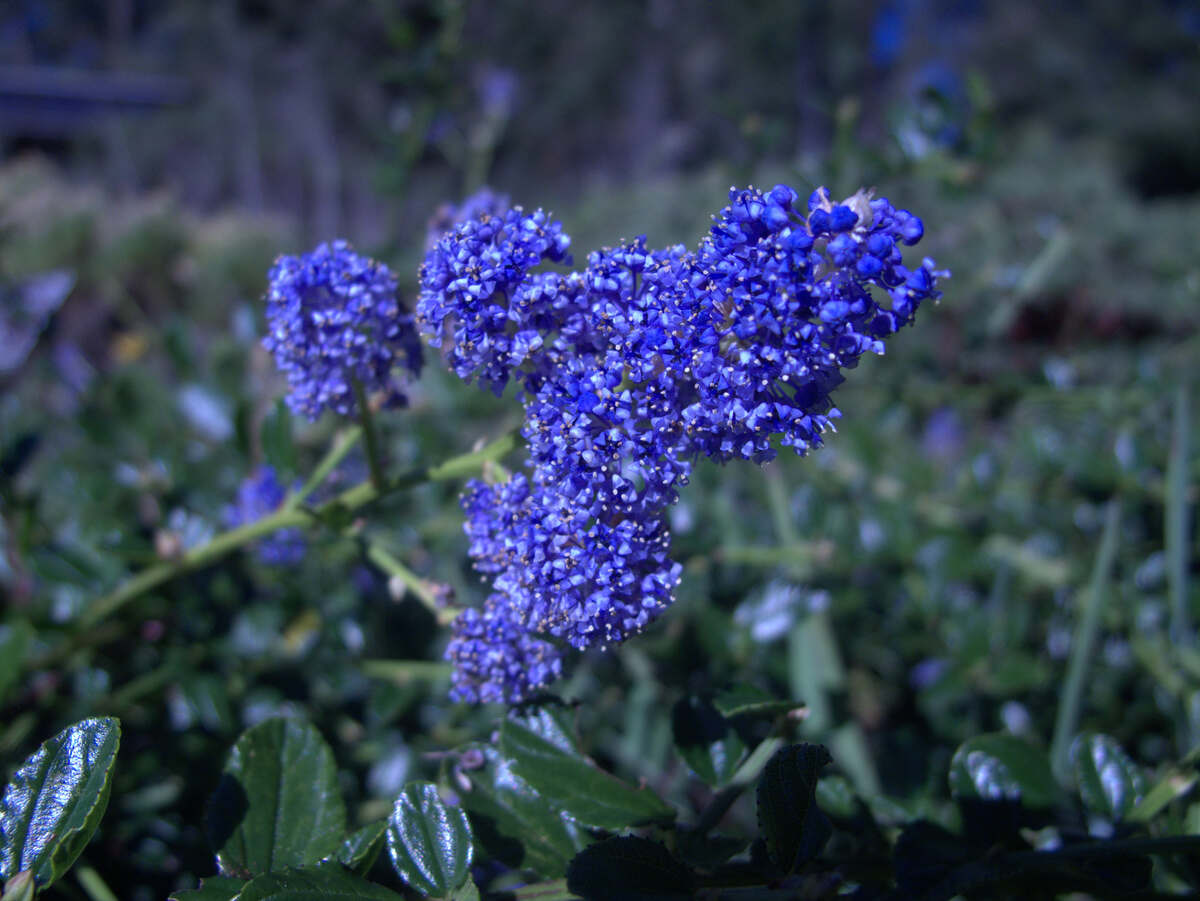
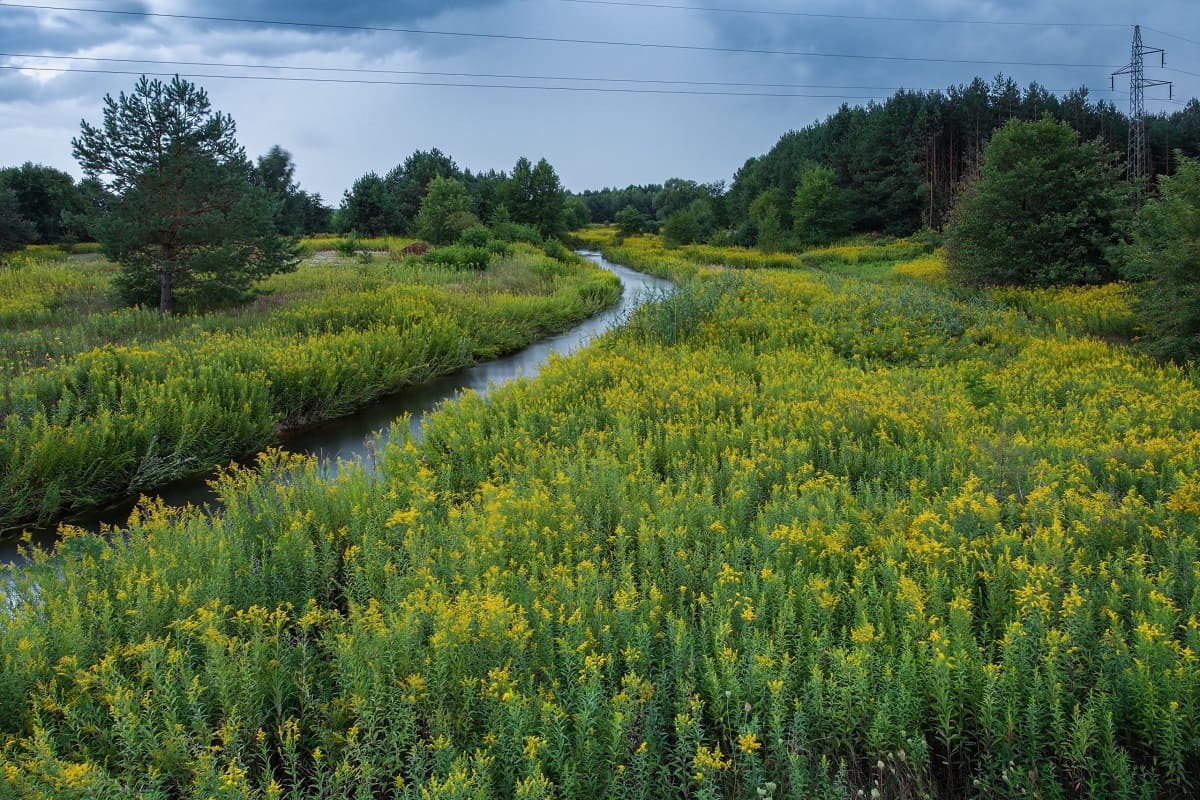
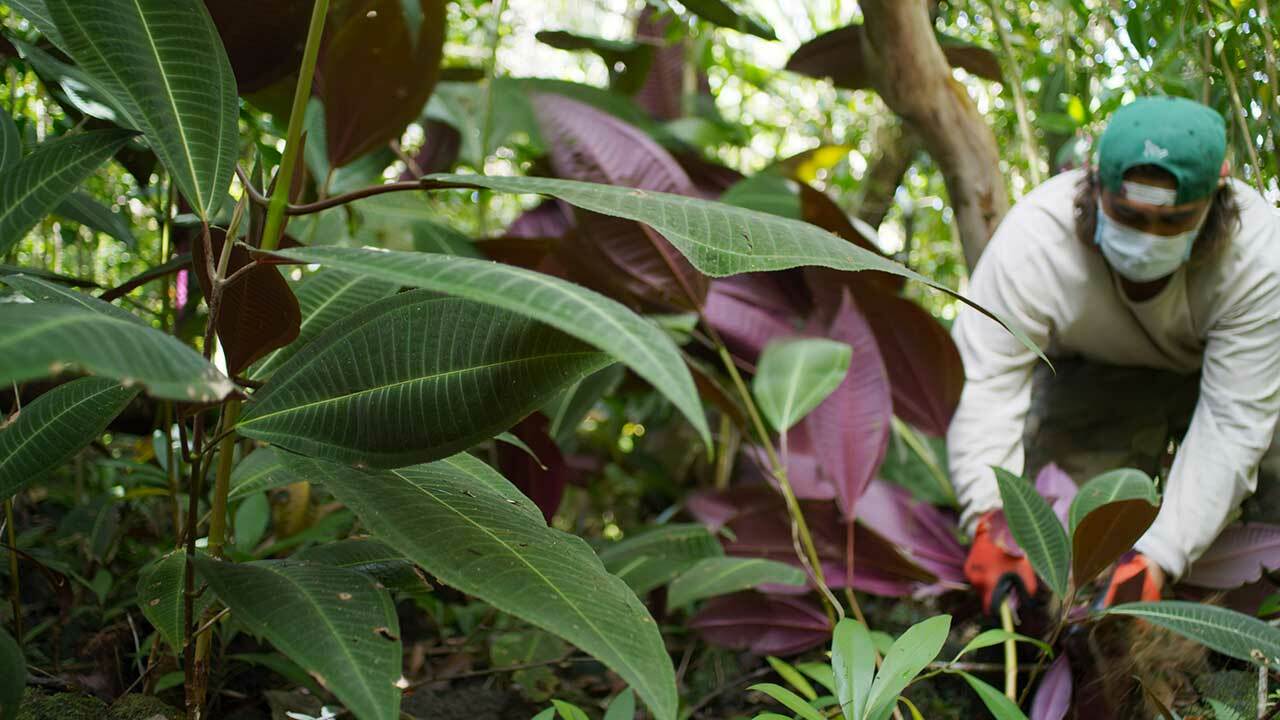
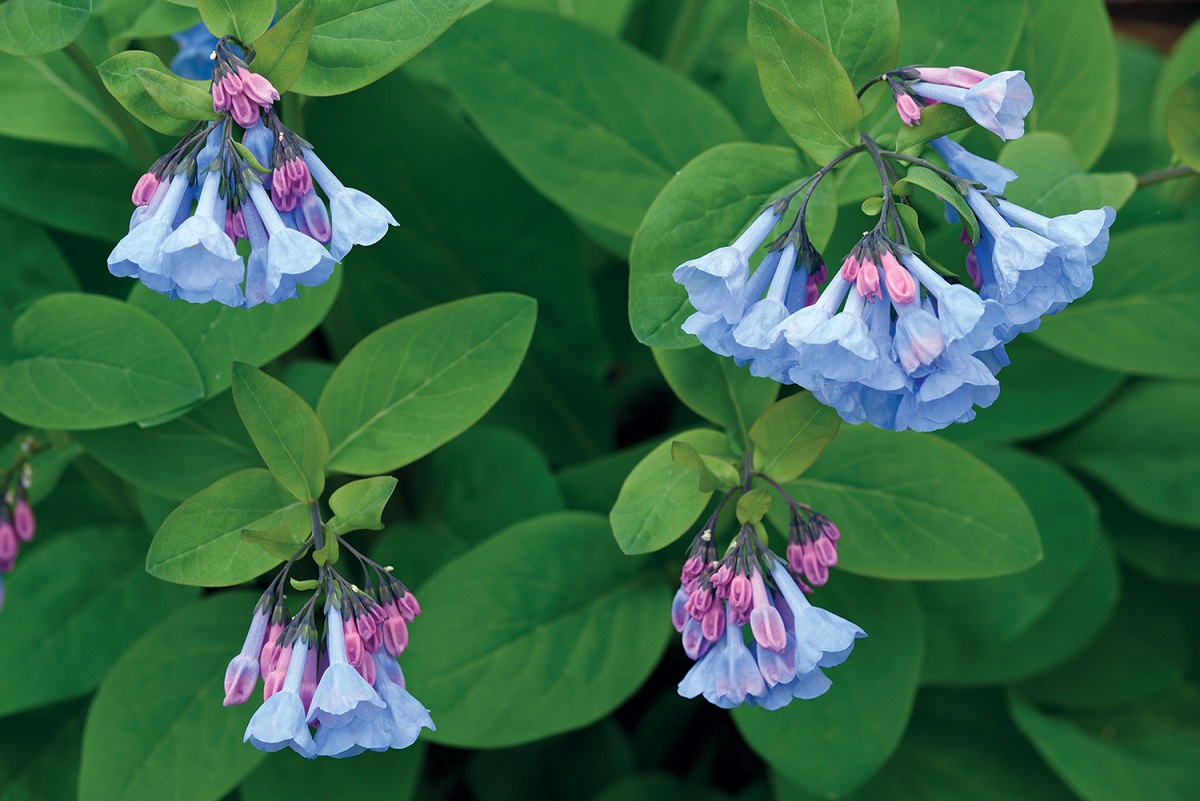
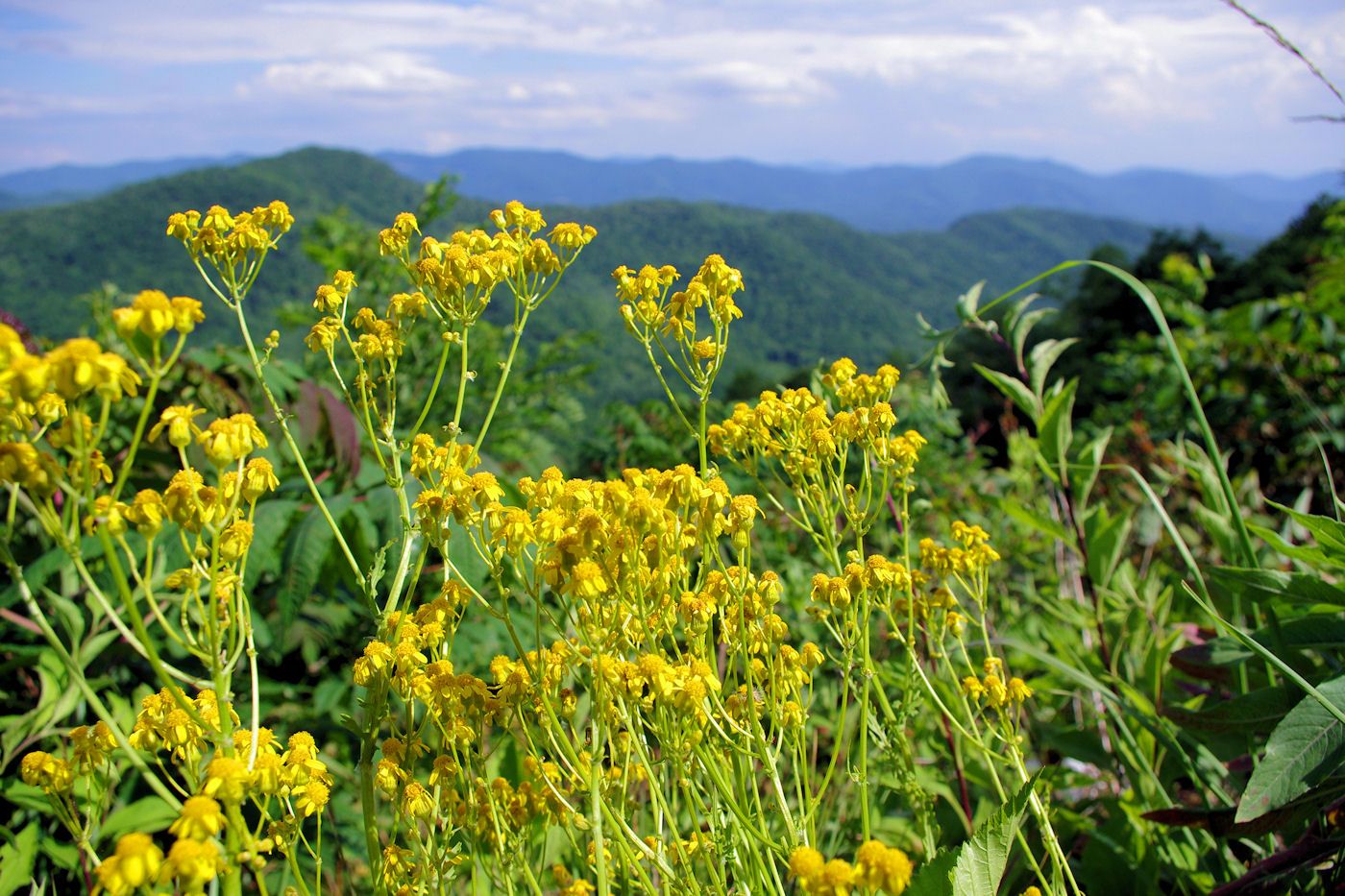
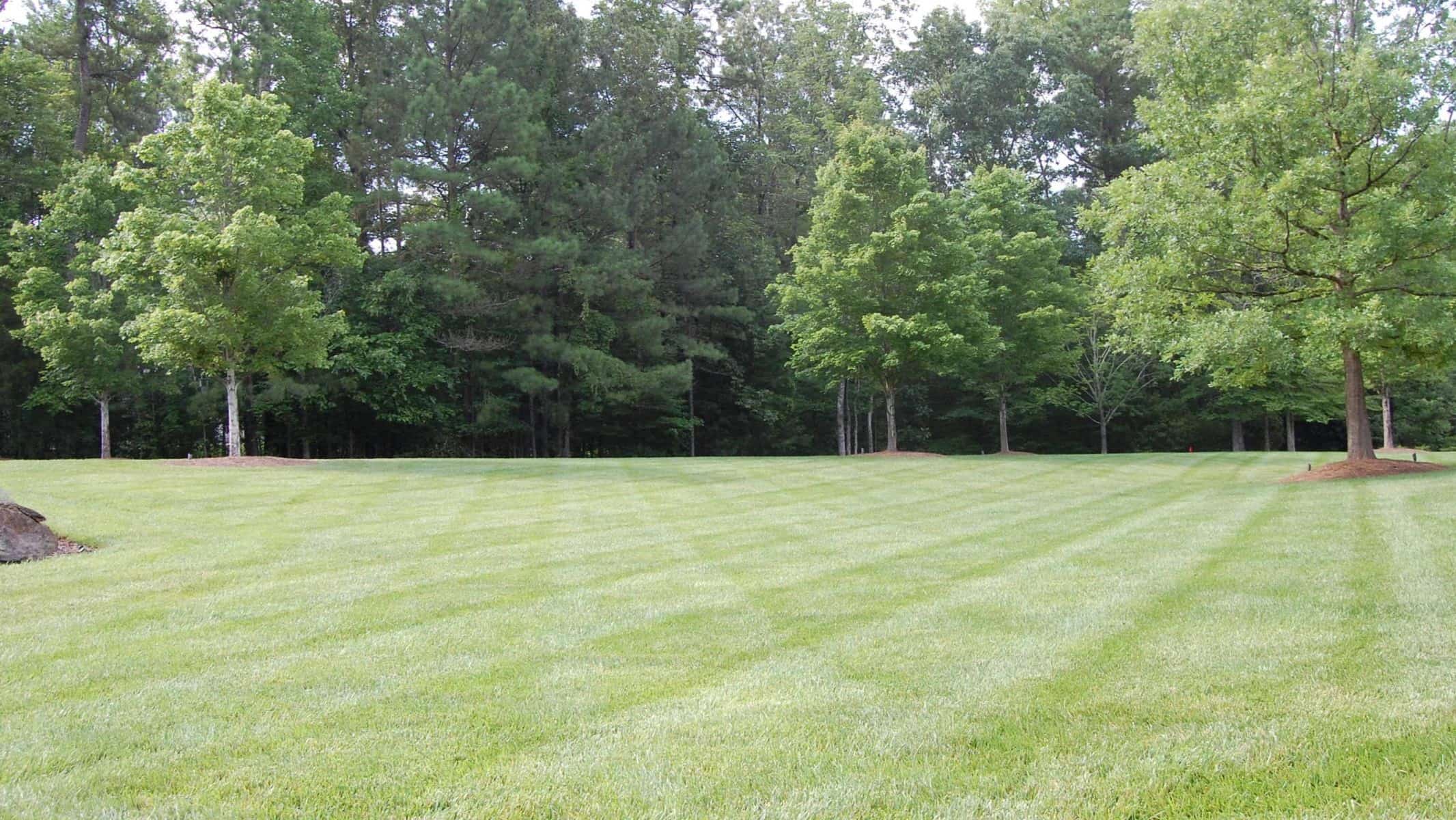
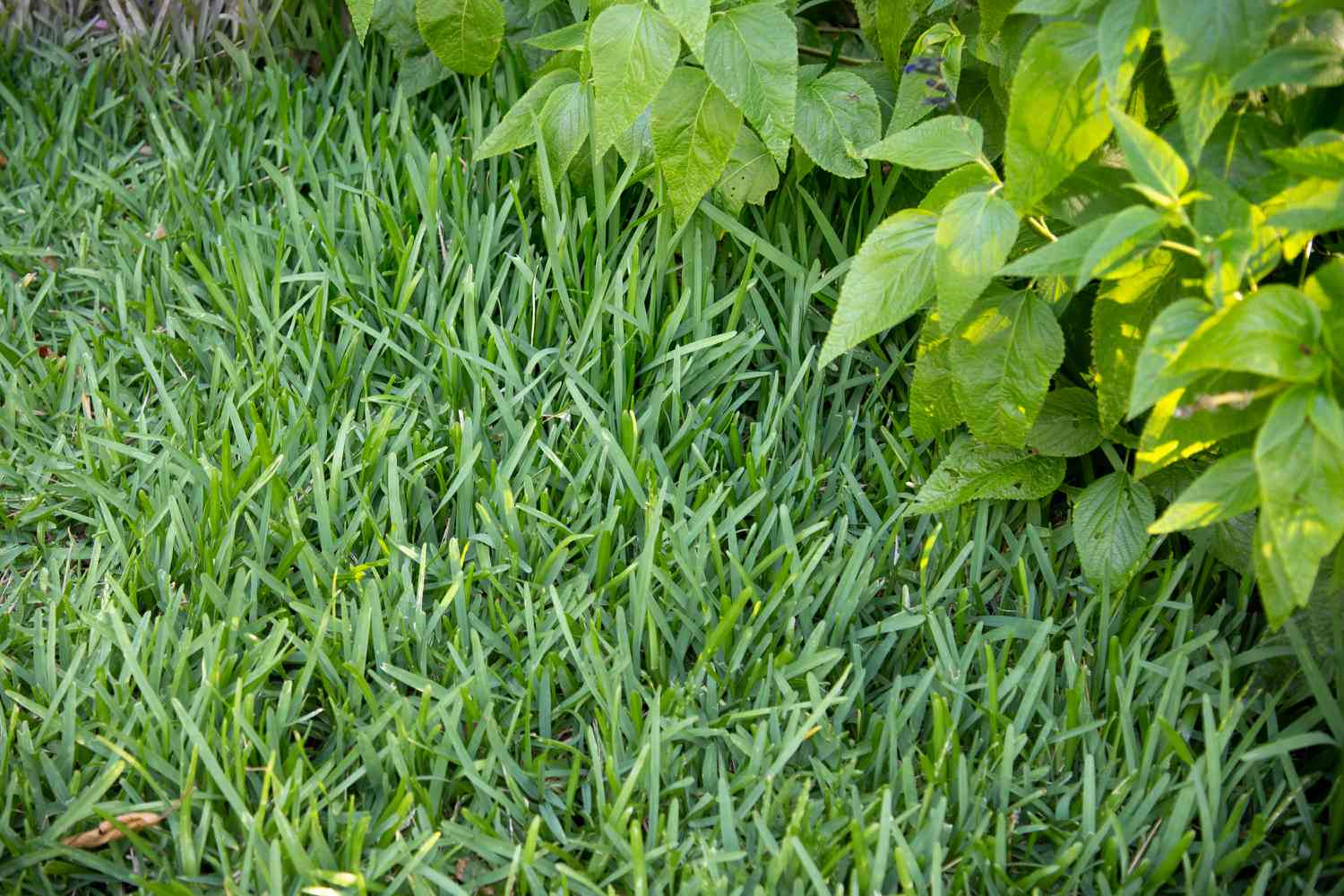
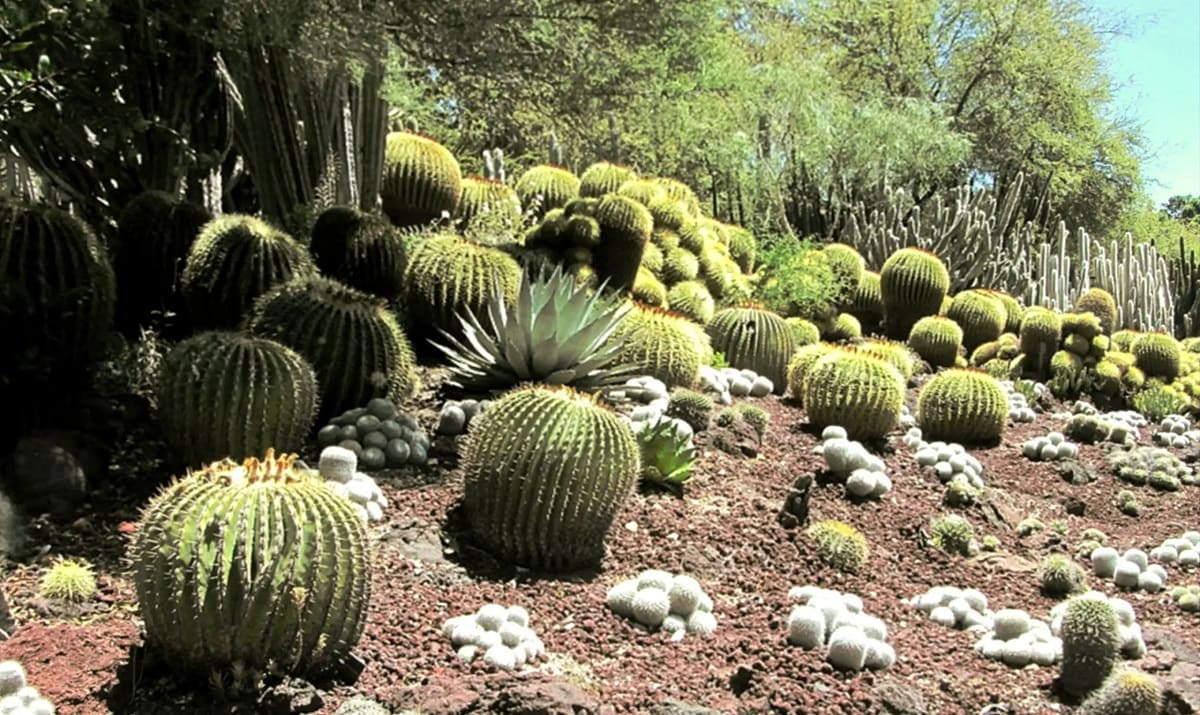
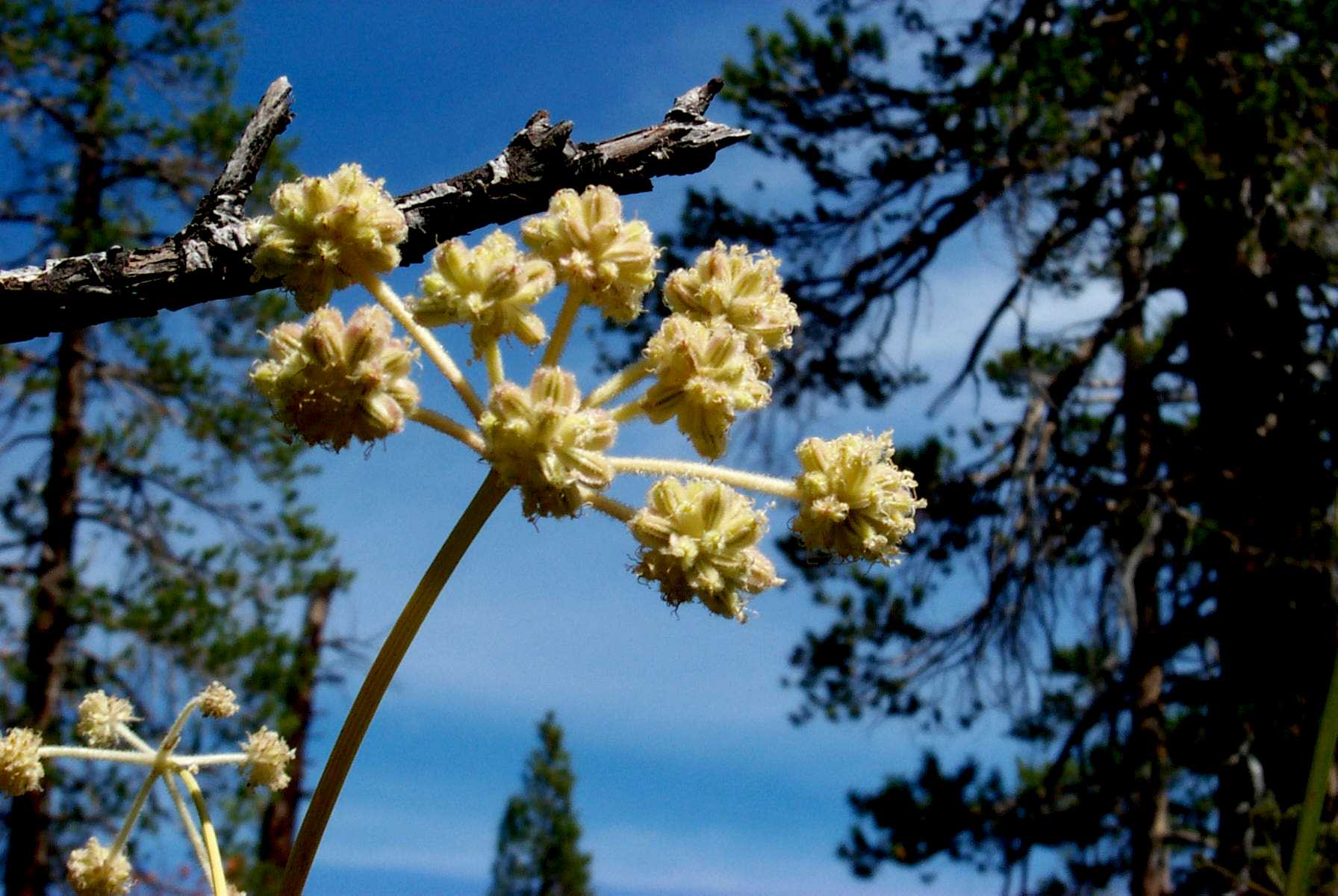
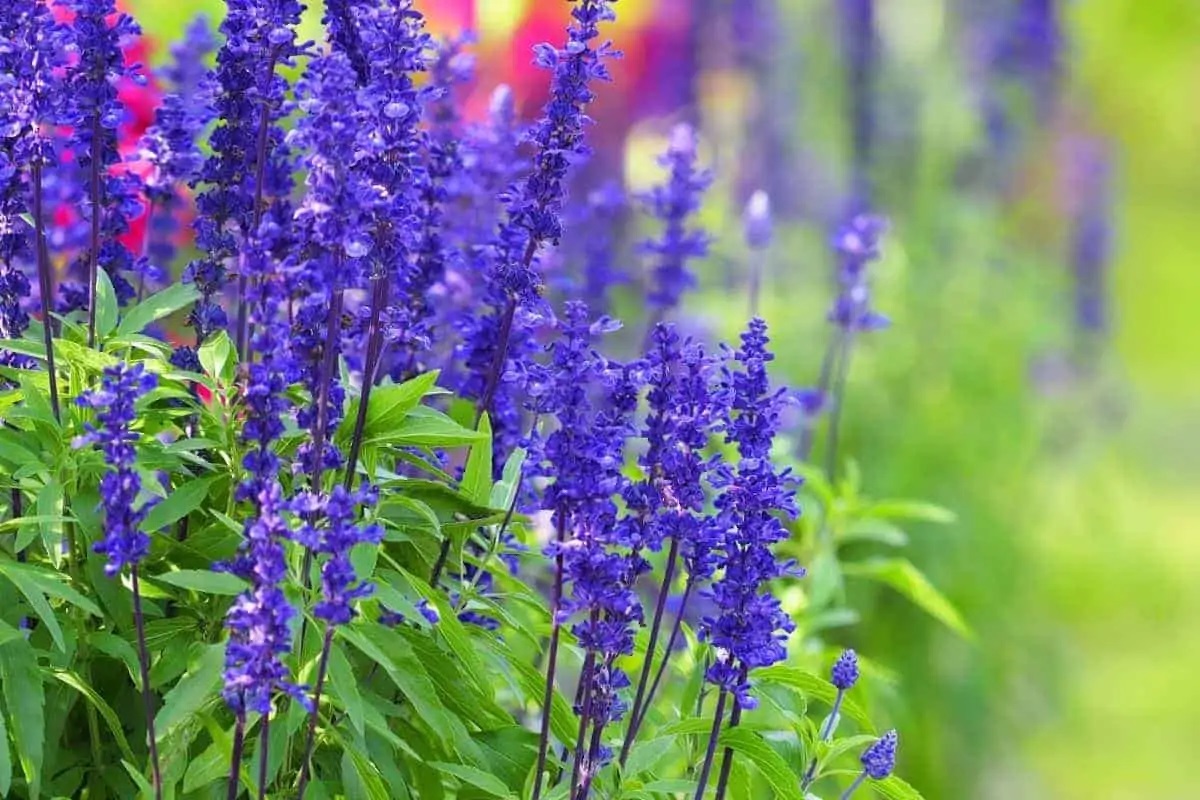

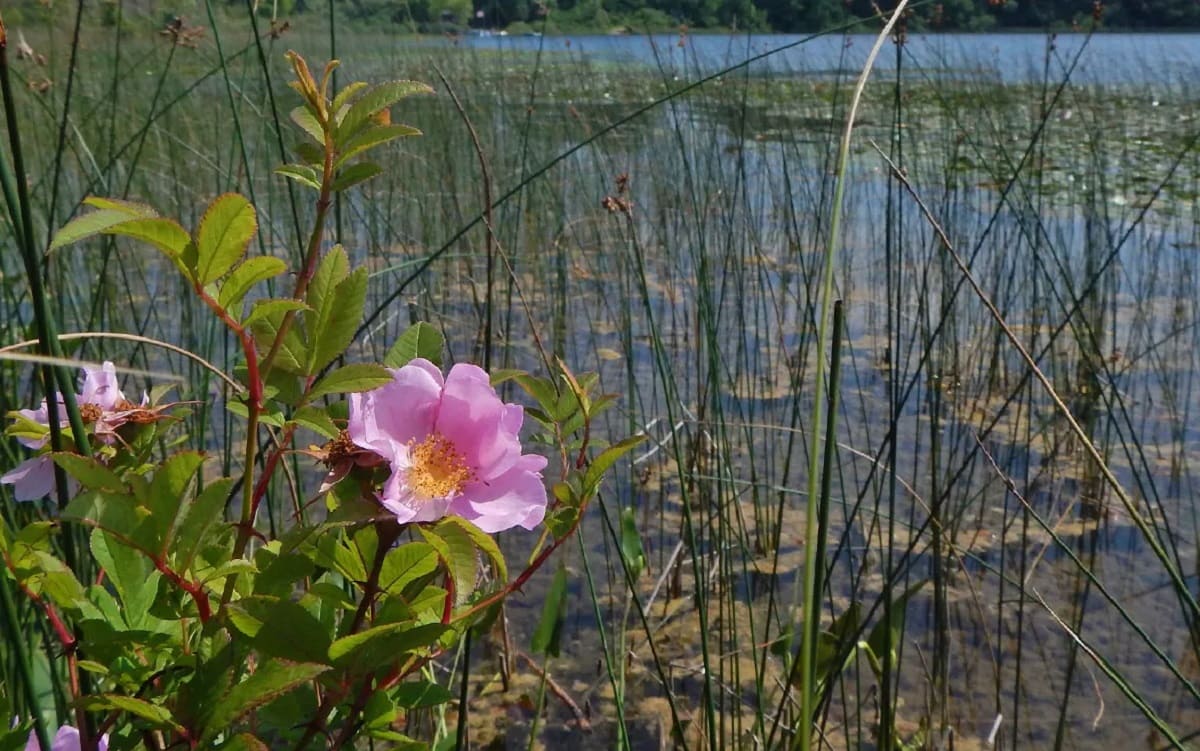



0 thoughts on “How Could The Introduction Of A Non-Native Species Of Plant Affect An Ecosystem In North Carolina?”